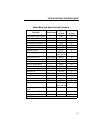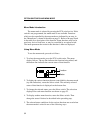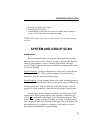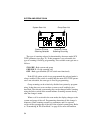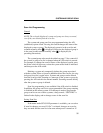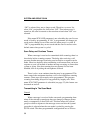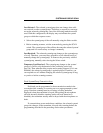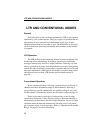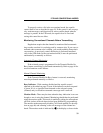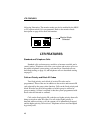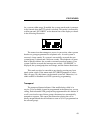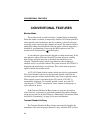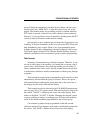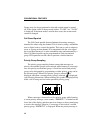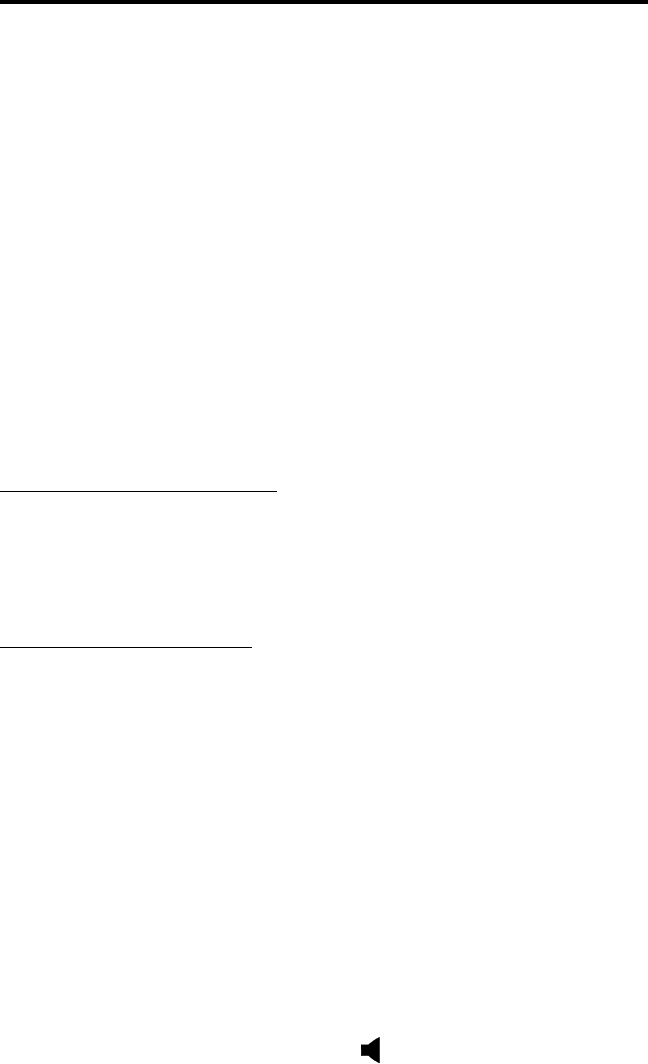
LTR AND CONVENTIONAL MODES
39
To properly receive calls in the conventional mode, the squelch
control must be set as described in page 18. If this control is not set prop-
erly, weak messages could be missed or noise could be heard when no
message is present. In the LTR mode, the squelch level is fixed and
setting this control has no affect.
Monitoring Conventional Channels Before Transmitting
Regulations require that the channel be monitored before transmit-
ting to make sure that it is not being used by someone else. If you were to
transmit when someone else is talking, you would probably disrupt their
conversation. As previously stated, monitoring is performed automati-
cally in the LTR mode. In the conventional mode, it must be performed
automatically or manually as follows.
Automatic Channel Monitoring
If the selected group is programmed for the Transmit Disable On
Busy feature, monitoring is performed automatically. Refer to page 44 for
more information on this feature.
Manual Channel Monitoring
If the Transmit Disable On Busy feature is not used, monitoring
must be performed manually as follows:
Busy Indicator - With scanning disabled and the squelch control
adjusted as described on page 18, note if the indicator on the front panel
is green. If it is, a signal has been detected on the selected system
(channel) and you should not transmit a message until it turns off.
Monitor Mode - There may be times when the busy indication is on even
though no one is using the channel. Monitoring should then be performed
using the monitor mode. This mode is enabled by taking the microphone
off-hook (unless off-hook detection has been disabled by programming).
The monitor mode temporarily disables Call Guard squelch (see descrip-
tion on page 46) and scanning so that all messages on the channel are
heard. The monitor mode is indicated by in the display as shown in the



